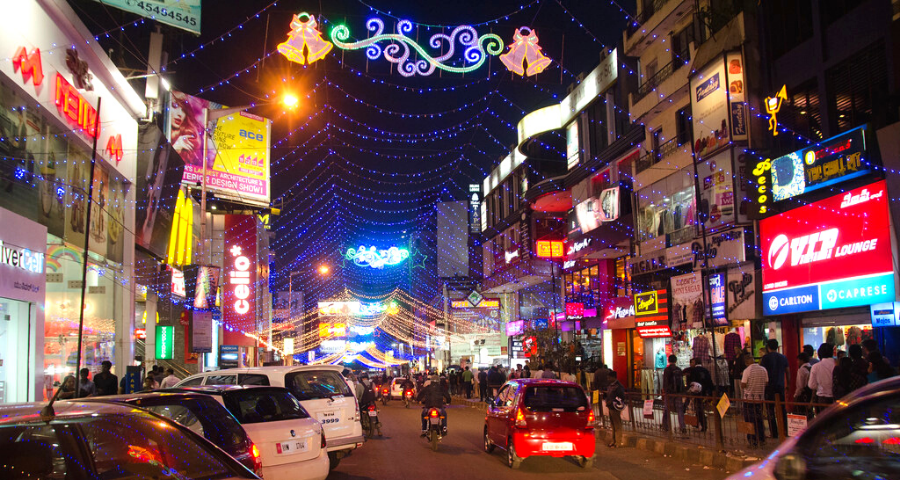
Who doesn’t like some retail therapy once in a while? Watching those twinkling store lights and pretty mannequins dressed in the latest collections can make one’s mood soar. And after staying cooped up indoors during the pandemic, everybody craves for some mood shopping in the friendly neighbourhood mall or those high streets of fashion.
Post the pandemic, shoppers are in a quandary regarding which option is more feasible, safer and more fun. Both have their favourable points as well as their downside.
A Millennials: Myths and Realities, CBRE Global Survey report https://www.cbre.com/research-and-reports/Global-Major-Report—Live-Work-Play-Millennials-Myths-and-Realities reveals that more than 50 per cent of the millennials surveyed prefer shopping at a mall or shopping center to the high streets. Also, the reasons they preferred to buy products physically in a store than online are many. The highest number of millennials preferred visiting stores to see the products, try them on, more choice in a store, stores offer better rates and personal service assistant in a store for any help. Most were of the opinion that shopping in the high streets offered them more freedom to even eat while shopping, or even window shopping. Because, malls have fixed rules that do not allow shoppers to eat and shop.
The high side of high streets
High streets are often transit-oriented; meaning, they are accessed for a brief while before heading out to other pursuits. Such shopping arcades or high streets are located in close proximity to commercial destinations, tourist places, arterial roads, railway and metro stations, colleges, etc. They have the advantage of attracting the attention of a large number of daily commuters. The top high streets of Indiranagar 100 Feet Road, Brigade Road, Commercial Street, BEL Road, Koramangala 80 Feet Road and others are classic examples of high streets.
Challenges for high streets
Keeping pace with customer preferences and constantly updating their merchandise and stocks is a major challenge for stores dotting the high streets. Since there is no uniform code of change for all stores on the high streets, each individual store owner needs to invent and adapt to the growing needs of a globally-travelled Bengalurean who looks for the same products available abroad. However, high streets were always around and will continue to serve traditional shoppers from the neighbourhoods around in the vicinity.
The mall and big of retail
Before the pandemic hit us, we went about our normal weekends’ shopping and eating at a mall; not necessarily near us. Folks from as far as Malleswaram would go mall-hopping from Orion to HM Geneva House and HM Westminster on Cunningham Road to HM Towers and Royal Mota Arcade on Brigade Road, to Forum in Koramangala and then HM Zeta in Jayanagar. At the end of a hectic shopping spree, a late-night movie gave the perfect ending to a perfect day at the mall.
According to the first report of 2021 by CBRE, the idea of shopping is changing, driven by the evolving role of the physical store and shift in consumer behaviour. Retailers of the future are likely to curate immersive experiences for their customers so that they can test or try products in the context of their actual usage. The e-commerce sector in India is expected to enable an innovative and sustainable shopping experience for customers. Post COVID-19, stores are also anticipated to serve as platforms to engage consumers and amplify their brand. This means stores situated in malls and the mall management will have to go all out to woo shoppers with more personalized services. These include kerbside pickup, online shopping and in-store delivery, etc.
The choice of avid shoppers
Ask any chronic shopper and he/she will tell you candidly that the proof of the shopping is in the experience. If malls and high streets give you the same pleasurable moments of shopping, then they can coexist in a mutually beneficial fashion. Because high streets were around for years and malls have come up only a decade ago – a balance of the old and new is here to stay.